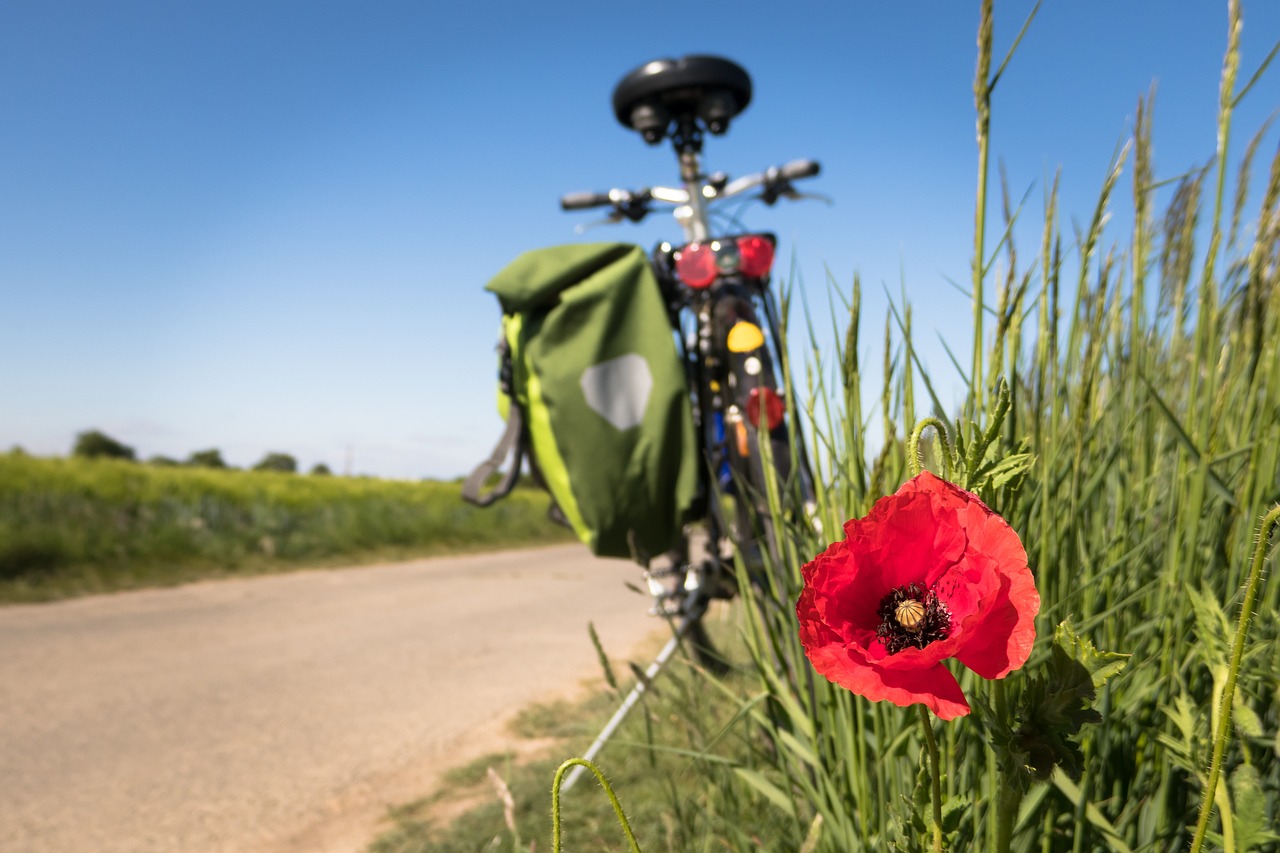Chinon and the Vienne river valley

Cravant-les-Côteaux
Chinon and the Vienne river valley
Medium
1h45
20,4km
+185m
-185m
Loop
Embed this item to access it offline
Description
- On the hillside
The old village, with its wash-house and pre-Romanesque church, is a peaceful, harmonious sight. On the hillside, a number of isolated hamlets are home to some remarkable houses, the finest feature of which is the white tufa stone. Admire the view over the valley and the vineyards. - Sainte-Radegonde Chapel
The semi-troglodytic Chapelle Sainte6Radegonde is built around a well dug into the rock in the 2nd and 3rd centuries. It is decorated with murals, including a ‘royal hunt’ from the late 12th century. From the hillside, enjoy the exceptional panoramic view over the town of Chinon and the Vienne Valley. - The fortress of Chinon
The Royal Fortress of Chinon is famous for being the place where Joan of Arc first met the Dauphin Charles (the future Charles VII) in 1429. Take your time to discover this interactive and entertaining site, with its rich programme of events and exhibitions. - Chinon, a medieval city
Chinon has an exceptional built heritage. The presence of Henry II Plantagenet in the 12th century, followed by that of Charles VII in the 15th century, led to the development of the town and the construction of medieval houses that can still be seen today. Take a break in the town centre and visit rue Voltaire, one of the main thoroughfares of the medieval town. - In the heart of the vineyards
Cravant owes its fame to its Chinon appellation wine. Along the way, don't hesitate to stop off at one of the many wineries for a tasting of this ‘purée septembrale’.
- Departure : Cravant-les-Coteaux
- Arrival : Cravant-les-Coteaux
- Towns crossed : Cravant-les-Côteaux and Chinon
Forecast
Altimetric profile
Report a problem or an error
If you have found an error on this page or if you have noticed any problems during your hike, please report them to us here: